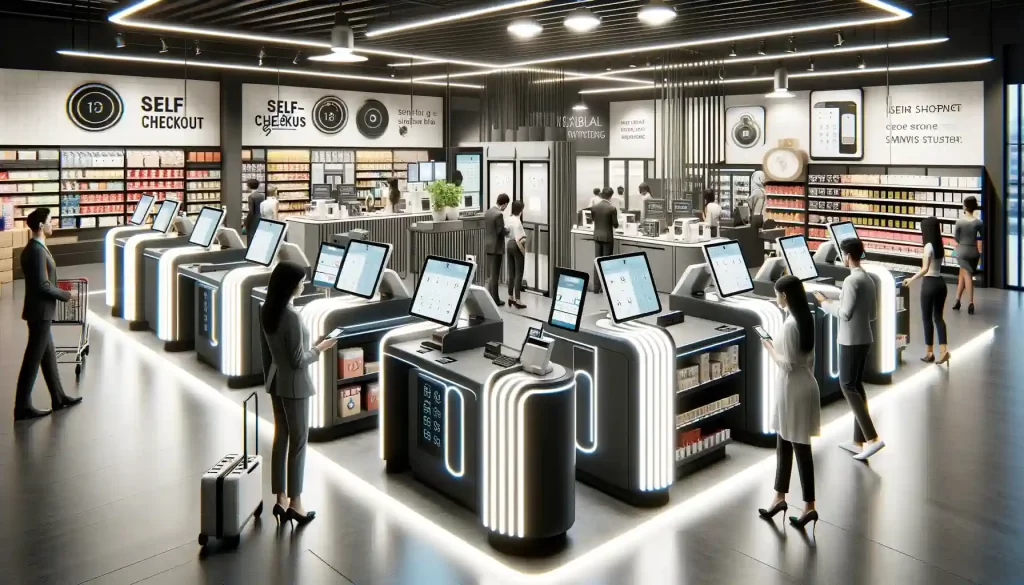
Self-checkout systems have become increasingly popular in retail stores, offering convenience and efficiency to customers. However, they also present a unique set of challenges for retailers, particularly when it comes to loss prevention. In this article, we will explore the impact of loss in self-checkout retail, the factors contributing to this loss, and strategies for preventing and managing it effectively.
Understanding the Impact of Loss in Self-Checkout Retail
Self-checkout systems have revolutionized the way customers shop, allowing them to scan and pay for their items without the need for assistance from a cashier. While this technology offers numerous benefits, it also opens up opportunities for loss in retail stores.
One of the main sources of loss in self-checkout retail is through theft, both by customers and employees. Shoplifting is a common issue in traditional checkout lanes, but self-checkout systems can make it easier for dishonest individuals to take advantage of the lack of oversight. Additionally, errors in scanning or discrepancies in pricing can lead to unintentional loss for retailers/ Loss in self-checkout retail can have a significant impact on a store’s bottom line, whether it is due to theft or errors in the checkout process. Retailers need to be proactive in addressing these issues to minimize the loss and ensure profitability.
Factors Contributing to Loss in Self-Checkout Systems
Several factors contribute to loss in self-checkout systems, making it essential for retailers to understand and address these issues effectively. One of the primary factors is the lack of human oversight in self-checkout lanes, which can make it easier for customers to engage in dishonest behavior.
Moreover, the technology itself can be a contributing factor to loss, as glitches or malfunctions in the system can lead to errors in scanning or pricing. This can result in customers either unintentionally underpaying for items or taking advantage of the system’s vulnerabilities to pay less than the actual cost. It is crucial for retailers to address the various factors contributing to loss in self-checkout systems, including the lack of human oversight and technological vulnerabilities. By implementing strategies to mitigate these risks, retailers can minimize loss and improve overall profitability.
Strategies for Preventing and Managing Loss in Self-Checkout Retail
To combat loss in self-checkout retail, retailers can implement a range of strategies to prevent and manage these risks effectively. One of the most effective ways to address the issue of theft is by implementing security measures such as surveillance cameras or security tags on high-value items.
Furthermore, training employees to monitor self-checkout lanes and intervene when necessary can help deter dishonest behavior. Retailers can also invest in technology solutions that can detect discrepancies in pricing or scanning errors, allowing them to address these issues in real-time. By implementing a combination of security measures, employee training, and technological solutions, retailers can effectively prevent and manage loss in self-checkout retail. It is essential for retailers to be proactive in addressing these issues to safeguard their profitability and maintain customer trust.
Loss in self-checkout retail is a significant challenge that retailers must address to ensure profitability and customer satisfaction. By understanding the impact of loss, identifying contributing factors, and implementing effective strategies, retailers can mitigate these risks and thrive in the competitive retail landscape.